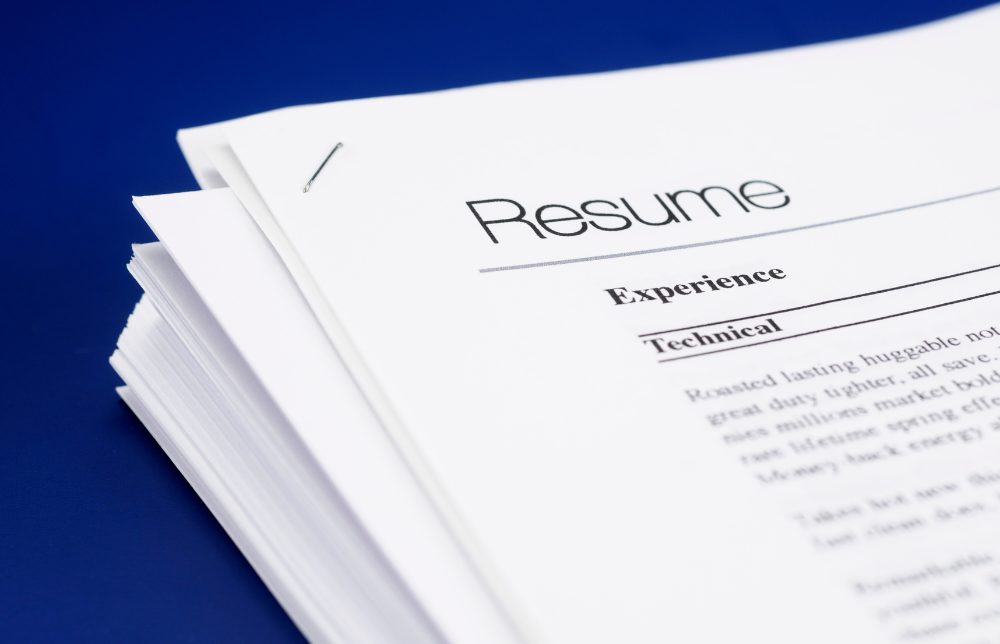How to “Re-onboard” Former Employees
When valued employees leave your organisation, it can feel like a major loss of talent and institutional knowledge. However, boomerang employees, or workers who leave your company and later return, ...

When valued employees leave your organisation, it can feel like a major loss of talent and institutional knowledge. However, boomerang employees, or workers who leave your company and later return, present a unique opportunity. Rehiring former employees allows you to regain talented people who already understand your organisation’s culture and values. According to research, over 40% of Australian human resource managers report that their companies are open to rehiring former employees.
While you don’t need to completely re-onboard staff who are returning, it is crucial to have a plan in place to smoothly reintegrate these employees. A well-structured reboarding process will get boomerang staff up to speed quickly so they can once again become productive members of your organisation. Here are some tips to ensure you welcome “old” employees back with open arms.
Tips to Re-onboarding former employees
-
Acknowledge the “new normal”
Most businesses will still be operating with a mix of remote and on-location employees. For on-location employees, the standard COVID-19 health and safety protocols will be in place, and communication policies may have changed to provide work from home employees better access to managers and colleagues. It’s important that employees, regardless of whether they are brand new or “old hands”, understand what’s changed. Things like sanitary guidelines, hygiene measures, sick leave, health monitoring such as temperature checks will all need to be covered. Focus on all the touchpoints of the employee experience, but also acknowledge what’s been happening in their lives away from work. Have they been dealing with sick relatives, home-schooling of children and other stressful situations?
-
Keep the communication flowing
New starters – even if they have previously worked in the company – will likely be nervous and uncertain about returning to work. Transparent communication is important. Be upfront about the future plans for the company and the status of jobs. Companies that have stood down or furloughed employees should communicate their plan to everyone. For example, they might say: “We plan to bring back 30% of employees, and here’s why…” Explain your decisions and use multiple ways to communicate, such as town hall meetings, email, and Slack. Also, give staff plenty of opportunities to provide feedback, both anonymously through surveys and directly through manager check-ins.
-
Changed workloads and/or job descriptions
Some sectors have seen demand for products and services surge since COVID-19 hit, and others have taken a serious hit. Job roles have naturally also been impacted and it’s possible that workloads have dramatically changed. Employees at companies with layoffs may have to take on more work, and companies with increased demand may struggle to meet it. Again, transparency is key. Communicate to returning employees how their role has changed, what their new responsibilities are, and what the performance expectations are. Offer additional training and support as required.
-
Consider creating a designated transition team
As always, a danger with ad-hoc onboarding is that it varies widely from manager to manager and department to department. Create a “re-entry” team to guide returning employees through the onboarding process. This team can work with the standard onboarding team to ensure that the new elements of the onboarding process are done correctly. This team might consist of a member from HR, facilities/operations, legal and management and will be responsible for tasks such as re-configuring the physical workspace, staggering work hours and days, and ensuring sanitising of common areas takes place. They can play a key role in ensuring all employees are aware of the changes that have occurred as a result of the pandemic.
-
Don’t “dumb down” the experience
Acknowledge employees’ past experience when they return to work after being furloughed or laid off. These employees are not newcomers; they have previous experience with onboarding essentials, including the introduction to corporate vision and values, as well as the rules and regulations. They’ll know the workspace and who does what, unless their location or team has changed. A light refresher wouldn’t hurt, as people can forget, especially after six months away from the workplace.
Employees should refresh their personal details (including tax, bank, and contact information), recreate their technology log-in details, and update, sign, and file new contracts as necessary.
It’s important that employers understand that life has changed. It’s equally important that all employees – old or new – understand that it’s unlikely they will be returning to a pre-pandemic “normal”. Try to personalise the onboarding experience as much as possible based on everyone’s history with the company, be as transparent as possible, and be open to any and all questions that come your way.
HROnboard, an ELMO company, offers a best-in-class software solution that reduces the amount of time HR teams and leaders spend securing the best candidates and undertaking the critical onboarding process for new hires. Our solution also helps manage internal employee role changes and can create a smooth and seamless process for exiting employees.
ELMO Software offers innovative cloud-based HR & payroll solutions to more than 1600 organisations across Australia, New Zealand and the United Kingdom, helping them to manage, engage, and inspire their people. Our solutions span the entire employee lifecycle, from ‘hire to retire’. This includes a comprehensive suite of complementary solutions that further enhance the onboarding experience, namely Recruitment, Learning Management, HR Core, Survey and Connect. For further information, contact us.
 HR Core
HR Core 









